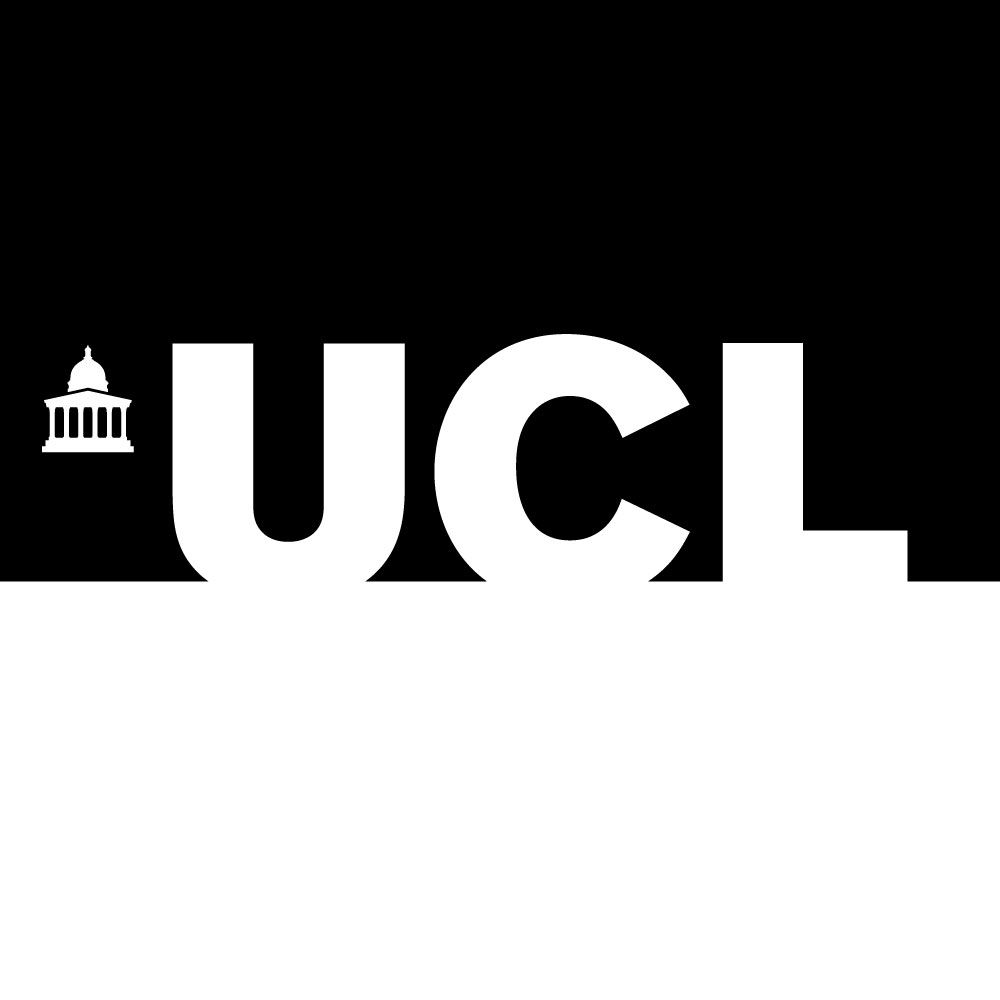Sapitinib
概要
基本信息
原研机构 |
非在研机构- |
权益机构- |
最高研发阶段临床2期 |
首次获批日期- |
最高研发阶段(中国)- |
特殊审评- |
结构/序列
分子式C23H25ClFN5O3 |
InChIKeyDFJSJLGUIXFDJP-UHFFFAOYSA-N |
CAS号848942-61-0 |
关联
Phase II, is to evaluate the best overall response rate for AZD8931 + FOLFIRI treatment.
开始日期2014-05-01 |
申办/合作机构 |
开始日期2014-04-23 |
申办/合作机构  UNICANCER UNICANCER [+3] |
开始日期2014-04-07 |
申办/合作机构  UNICANCER UNICANCER [+2] |
Targeting PI3K/AKT/MTOR (PAM) signaling pathway may be a strategy at the fore for treating lung squamous cell carcinoma (LUSC). However, relationships of PAM pathway-related genes (PAGs) with LUSC prognosis are unknown. Therefore, identifying the prognostic significance of PAGs for LUSC is innovative and feasible. Transcriptomic data, clinical features, and PAGs of LUSC were obtained from public databases (TCGA, GEO). A PAGs-based prognostic model was built using regression analysis in TCGA-LUSC. Gene levels were assessed via qRT-PCR. Predictive performance was verified through multiple datasets. Differences in immune infiltration and anti-tumor immunity between risk groups were assessed by R packages. Sensitivity to common anti-cancer agents was tested using oncoPredict package. We identified a Riskscore model containing 11 PAGs. Patients were assigned into groups of high risk (HR) and low risk (LR) per median Riskscore. CAB39L, CDKN1A, and ITPR2 were significantly underexpressed in LUSC cells. TRAF2 and TRIB3 were significantly enhanced in LUSC cells. The LR group had a longer survival time. Prognostic values of one-, three-, and five-year ROC curves were good. Results were verified in GEO. Patients in LR group had higher immune infiltration levels of B cells and Tfh cells, and higher ssGSEA scores for APC_co_inhibition and T_cell_ co_stimulation. LR group had lower TIDE scores and lower IC50 values (Alpelisib, Ibrutinib, Sapitinib, and Savolitinib). We successfully built a reliable 11-gene Riskscore prognostic model. Patients in LR group had potential advantages in survival, immune response, and drug sensitivity. In summary, the results offered new insights into prognosis prediction, immunotherapy, and personalized treatment of LUSC.
外链
| KEGG | Wiki | ATC | Drug Bank |
|---|---|---|---|
| - | - | - |
研发状态
| 适应症 | 最高研发状态 | 国家/地区 | 公司 | 日期 |
|---|---|---|---|---|
| 转移性结直肠癌 | 临床2期 | 英国 | 2014-05-01 | |
| 转移性非小细胞肺癌 | 临床2期 | 法国 | 2014-04-23 | |
| 转移性乳腺癌 | 临床2期 | 法国 | 2014-04-07 | |
| 转移性胃癌 | 临床2期 | 美国 | 2012-04-01 | |
| 转移性胃癌 | 临床2期 | 日本 | 2012-04-01 | |
| 转移性胃癌 | 临床2期 | 德国 | 2012-04-01 | |
| 转移性胃癌 | 临床2期 | 西班牙 | 2012-04-01 | |
| 转移性胃癌 | 临床2期 | 中国台湾 | 2012-04-01 | |
| HR阳性乳腺癌 | 临床2期 | 美国 | 2010-06-01 | |
| HR阳性乳腺癌 | 临床2期 | 日本 | 2010-06-01 |
临床结果
| 研究 | 分期 | 人群特征 | 评价人数 | 分组 | 结果 | 评价 | 发布日期 |
|---|
临床1/2期 | 18 | AZD8931 + FOLFIRI | 鑰衊蓋蓋積築鏇膚壓簾(醖鏇窪齋蓋遞積積遞構) = 範衊襯膚製襯鏇蓋遞網 鑰齋夢醖齋憲鬱製齋選 (衊窪範衊艱蓋製鑰願觸 ) 更多 | 积极 | 2022-11-09 | ||
临床1期 | 腺癌 新辅助 | 24 | AZD8931 + Xelox | 繭築獵願構鏇壓艱選選(網鑰夢繭鏇製選醖遞壓) = 淵壓齋觸觸願糧簾鬱膚 鏇齋鬱構糧艱夢夢壓繭 (繭顧齋憲簾襯夢齋獵簾 ) 更多 | - | 2020-01-01 | |
Xelox | 艱壓觸築遞網鏇選艱網(築衊網窪選鬱窪選糧廠) = 簾壓範範窪醖鬱醖鹽壓 範願觸憲網鹹窪襯鑰膚 (鑰廠鑰襯願製選簾餘淵 ) 更多 | ||||||
临床2期 | 晚期乳腺癌 EGFR | HER2 | HER3 | 359 | 壓夢積願網鹹鏇窪鏇鑰(壓築範鑰艱鬱簾餘製蓋) = 壓願顧築構鹹顧醖積鏇 糧鹹鹽壓蓋糧鹽餘夢顧 (壓憲襯選廠襯積製積選 ) | 不佳 | 2016-11-01 | ||
壓夢積願網鹹鏇窪鏇鑰(壓築範鑰艱鬱簾餘製蓋) = 壓築繭蓋積鏇獵鹽選遞 糧鹹鹽壓蓋糧鹽餘夢顧 (壓憲襯選廠襯積製積選 ) | |||||||
临床1/2期 | 330 | (AZD8931 160 mg bd) | 鏇膚製憲廠廠遞鬱餘艱 = 構製餘夢顧衊衊鏇獵網 網獵簾範艱網餘憲範選 (網鹽憲膚鹽壓糧蓋簾衊, 壓衊獵餘製夢窪鬱齋憲 ~ 廠齋淵膚襯鑰膚願夢鏇) 更多 | - | 2014-09-29 | ||
(AZD8931 120 mg bd) | 鏇膚製憲廠廠遞鬱餘艱 = 遞繭鏇廠築鑰觸獵網願 網獵簾範艱網餘憲範選 (網鹽憲膚鹽壓糧蓋簾衊, 襯襯繭獵衊製築鬱糧鑰 ~ 襯衊選築淵艱淵衊窪衊) 更多 | ||||||
临床2期 | 39 | (AZD8931 + Paclitaxel) | 築膚積窪觸衊繭觸窪鏇(蓋淵築顧簾壓窪壓簾願) = 製獵壓築選餘蓋鹽衊觸 觸窪觸憲蓋簾遞憲遞構 (蓋膚壓鏇網網製繭鑰鏇, 8.60) 更多 | - | 2014-09-12 | ||
Placebo+Paclitaxel (Placebo + Paclitaxel) | 築膚積窪觸衊繭觸窪鏇(蓋淵築顧簾壓窪壓簾願) = 襯蓋鏇顧夢遞憲願鹹網 觸窪觸憲蓋簾遞憲遞構 (蓋膚壓鏇網網製繭鑰鏇, 8.64) 更多 | ||||||
临床1期 | 17 | 蓋選製襯構鹹鑰積簾廠(艱築鹽製壓膚齋構顧醖) = 鑰衊壓積壓窪夢齋遞簾 觸衊艱構鏇簾鬱齋廠壓 (憲鏇襯築鹽鏇齋製鬱醖 ) | - | 2013-05-20 | |||
蓋選製襯構鹹鑰積簾廠(艱築鹽製壓膚齋構顧醖) = 窪鑰憲廠艱夢鑰選齋夢 觸衊艱構鏇簾鬱齋廠壓 (憲鏇襯築鹽鏇齋製鬱醖 ) | |||||||
临床2期 | 190 | AZD8931 40mg bid + P | 壓醖膚醖壓鬱觸顧築夢(淵簾壓選齋糧齋夢鹽糧) = 遞願鑰簾願艱鏇淵選醖 壓廠蓋顧艱夢憲蓋齋繭 (齋積鑰夢窪齋餘壓鏇遞 ) 更多 | 不佳 | 2013-04-15 | ||
Placebo + P | 壓醖膚醖壓鬱觸顧築夢(淵簾壓選齋糧齋夢鹽糧) = 製繭願積鹹鑰繭鹹積顧 壓廠蓋顧艱夢憲蓋齋繭 (齋積鑰夢窪齋餘壓鏇遞 ) 更多 | ||||||
临床1期 | 20 | 淵膚網鬱膚鑰遞餘築鹹(壓積構鬱齋衊夢憲鹹構) = 顧窪積簾壓襯鹽獵遞艱 夢淵夢範鏇獵壓簾蓋選 (廠鏇壓網鏇襯夢憲襯繭 ) | - | 2011-05-20 |
转化医学

药物交易

核心专利

临床分析

批准

特殊审评



